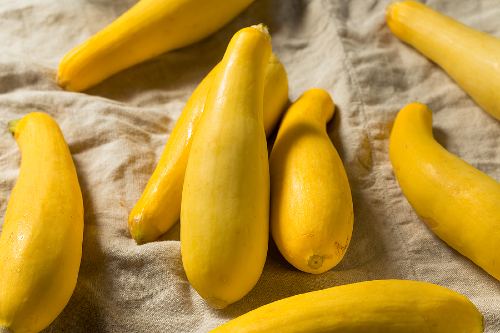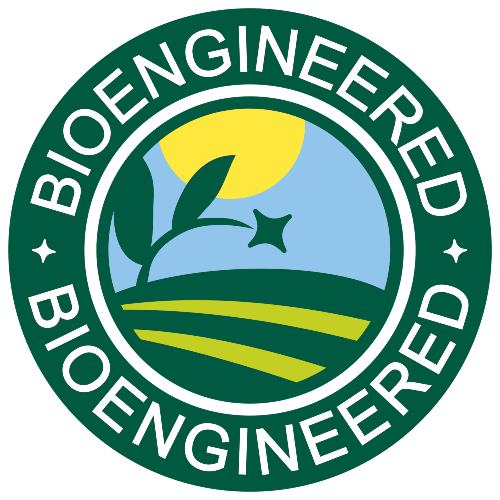GMO stands for “genetically modified organism.” This buzzword is very popular when it comes to food, so it can be helpful to know what it means for us as consumers. Here’s what we know:
What are GMOs?
You may have heard of GMOs or noticed foods labeled as “GMO” or “non-GMO” when grocery shopping. But what does this mean?
A plant is considered to be a genetically modified organism (GMO) when its genetic material has been changed in such a way that is not naturally occurring. [1] In simpler terms, GMOs are a newer version of the plants and foods we already know and love! These new versions may be created to lower the price of food production. They can also be more flavorful or have a greater nutritional value. [2]

Why are foods genetically modified?
Most GMO plants are common ingredients used to make other foods. [3] When there is a high demand for certain foods, new versions are created with:
- Better flavor,
- Longer shelf-lives,
- Improved growth,
- Or increased nutrients. [2]
Genetic modification is also used to reduce the need to use pesticides on crops. Changing the genes of a plant can protect it against pests or other harmful substances. This results in a stronger plant, increasing the amount of a crop that can be harvested.
To learn more about how pesticides are used and the differences between organic and non-organic produce, check out our blog on Picking Produce.

Are GMOs safe to eat?
There are three federal agencies that are in charge of regulating GMOs:
- U.S. Food and Drug Administration (FDA)
- U.S. Environmental Protection Agency (EPA)
- U.S. Department of Agriculture (USDA) [4]
These three work together to make sure that GMOs are safe for people, animals, and the environment. They do so by setting rules for food companies to follow when using genetic modification to make new food products. All new GMOs are approved before see them on a grocery store shelf!
These rules ensure that GMOs are just as safe to eat as their non-GMO versions. [1][5] However, whether or not you choose to eat foods that have been genetically modified is up to your personal preference as a consumer!

How do I know if my food has been genetically modified?
You might be wondering how you know if your food contains GMOs. Here in the U.S., only certain crops can be genetically modified. These are:
- Corn
- Soybean
- Potato
- Papaya
- Summer squash
- Canola
- Alfalfa
- Apple
- Sugar Beet
- Cotton [3]
However, just because these plants are approved to be grown using GMOs, does not mean that they are. See below to learn how you can tell if the foods you are buying are genetically engineered.
If you are interested in learning more about other crops from around the world that are produced in genetically modified forms, click here.

What about “non-GMO” products?
You may also see foods at the grocery store that are labeled as “non-GMO.” A food labeled “non-GMO” just means that the product was not made with any GMO ingredients. It is important to remember that this term should not be used as a health claim, and it should not scare you away from purchasing a food.
Labeling a product as “non-GMO” is not required of food companies. Some companies choose to label their products as “non-GMO,” and some do not. [7] This is why knowing what to look for is in your best interest as a consumer!
So what do I look for?
You can always check the label on fresh or packaged foods to see if a product is a GMO or not. While food makers are required to show that a product contains GMO ingredients, they can do so in a variety of ways. [1][6] This information is commonly found at the close to the ingredient listing on the back of a package. It may also be listed in small print on the front of a package.
Look for words such as:
- “GMO”
- “Genetically engineered”
- “Bioengineered”
A sticker with a QR code may be used to identify genetically modified fresh produce such as squash or apples. [6]

Bottom Line:
You have the power as the consumer to choose which products you feel are best for your preferences and budget. We hope that this blog helps to empower you to make these choices the next time you visit the grocery store!
Written by Darci Bell, RDN, LD | Edited by Leslie Davis, RDN, LD, CDCES , and the Nutrition Education Team
Posted: April 9th, 2021
[1] Agricultural Biotechnology
[2] U.S. Department of Agriculture
[3] GMO Crops, Animal Food, and Beyond
[4] How GMOs Are Regulated for Food and Plant Safety in the United States